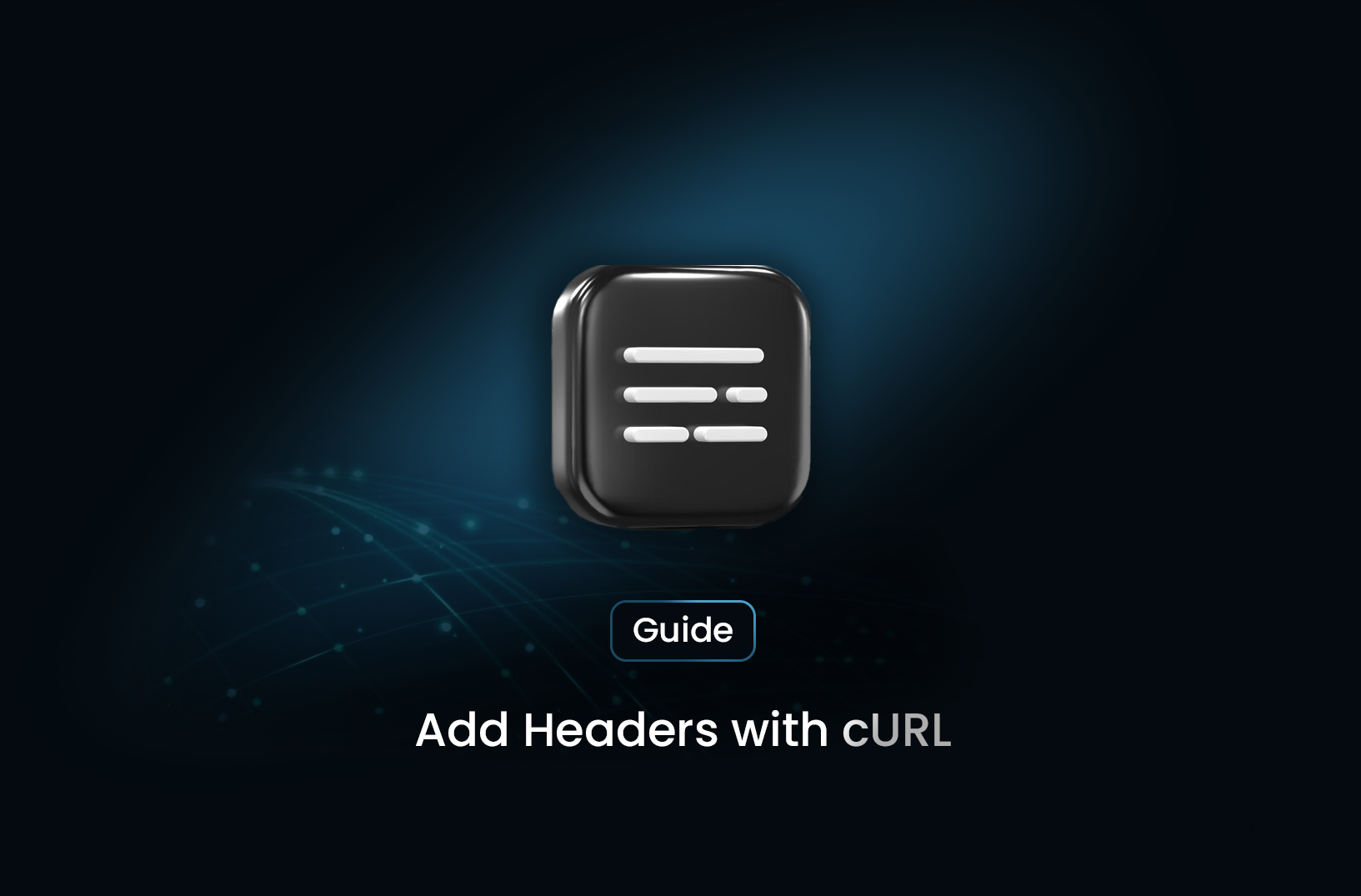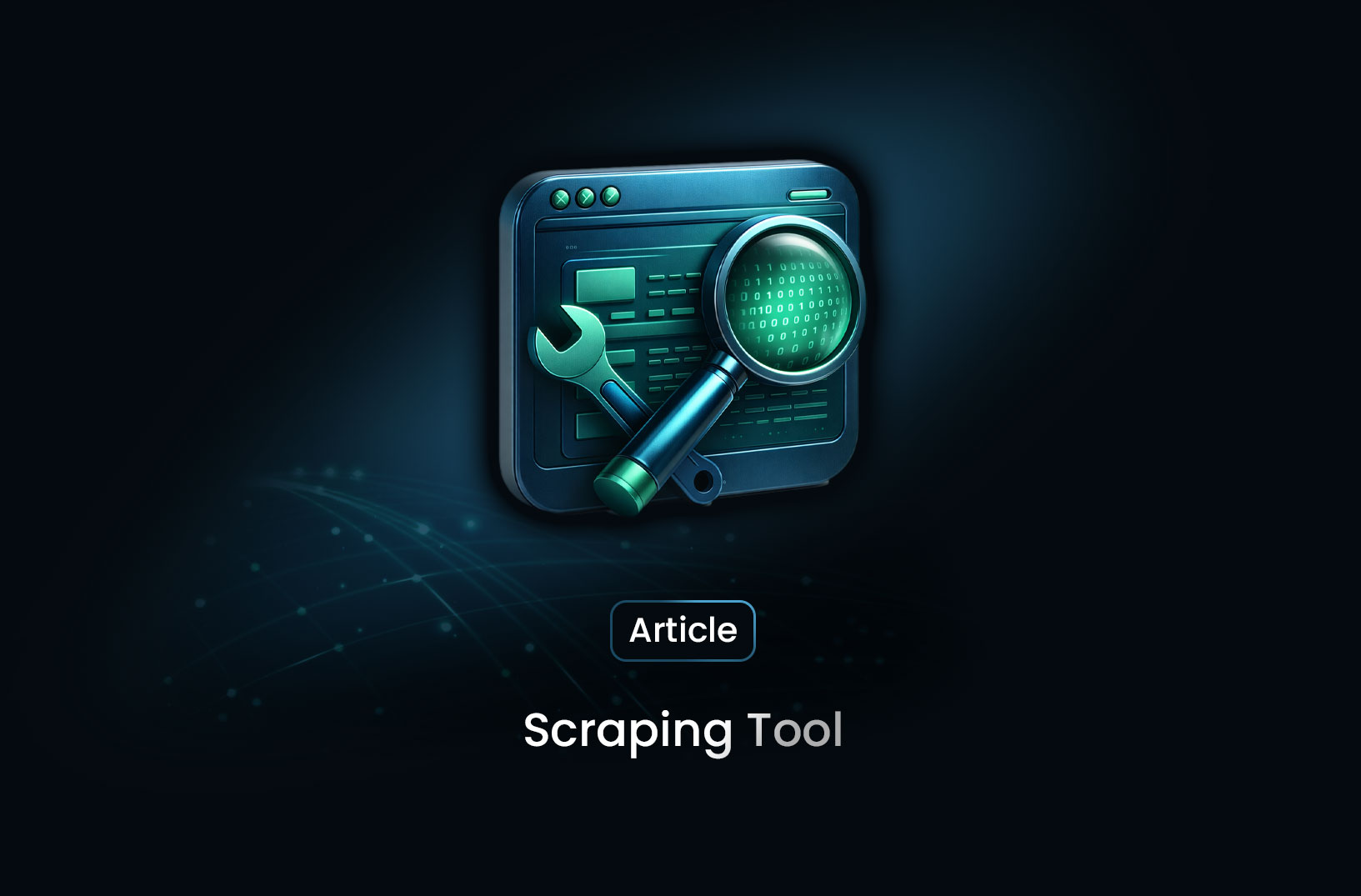
How to Add Headers with cURL
GuidecURL (Client URL) is a versatile tool widely used for transferring data to and from servers. One of its powerful features is the ability to customize HTTP requests by adding headers. This article explains how to use cURL to add headers to your HTTP requests, complete with examples and practical applications.
cURL (Client URL) is a versatile tool widely used for transferring data to and from servers. One of its powerful features is the ability to customize HTTP requests by adding headers. This article explains how to use cURL to add headers to your HTTP requests, complete with examples and practical applications.
What Are HTTP Headers?
HTTP headers are key-value pairs that provide additional information with a request or response. They play a crucial role in:
- Authentication: Sending API keys or tokens.
- Content Negotiation: Specifying the content type (e.g., JSON, XML).
- Custom Metadata: Including extra information like correlation IDs for debugging.
Adding Headers with cURL
You can add headers to your cURL requests using the -H or --header option. The syntax is straightforward:
curl -H "Header-Name: Header-Value" <URL>
Examples of Adding Headers
Setting a Content-Type Header
curl -H "Content-Type: application/json" https://api.example.com/data
This tells the server that your request payload is in JSON format.
Adding Multiple Headers
curl -H "Authorization: Bearer YOUR_TOKEN" -H "Accept: application/json" https://api.example.com/secure
Here, we add:
- An Authorization header for authentication.
- An Accept header to specify the desired response format.
Custom Header Example
curl -H "X-Custom-Header: CustomValue" https://api.example.com/custom
This example demonstrates using a custom header for specific use cases.
Sending Headers with POST Data
To include headers along with POST data:
curl -X POST -H "Content-Type: application/json" -d '{"key":"value"}' https://api.example.com/submit
This combines a Content-Type header with a JSON payload.
Practical Use Cases
API Authentication
Most APIs require headers for authentication:
curl -H "Authorization: Bearer YOUR_ACCESS_TOKEN" https://api.example.com/user
Debugging
Adding correlation IDs or custom debugging headers:
curl -H "X-Debug-ID: 12345" https://api.example.com/debug
Web Scraping
Some servers require specific headers to mimic a browser request:
curl -H "User-Agent: Mozilla/5.0" https://example.com
Using cURL in Scripts
You can automate header-based requests in shell scripts:
#!/bin/bash
API_URL="https://api.example.com/data"
TOKEN="YOUR_ACCESS_TOKEN"
curl -H "Authorization: Bearer $TOKEN" -H "Accept: application/json" $API_URL
Advanced Tips
Using Header Files
Store headers in a file and include them in your request:
curl -K headers.txt https://api.example.com/data
Example headers.txt:
arduino
-H "Authorization: Bearer YOUR_ACCESS_TOKEN"
-H "Accept: application/json"
Combining Headers with Proxy
curl -H "Header-Name: Header-Value" -x http://proxy.example.com:8080 https://api.example.com
Conclusion
Adding headers with cURL is essential for crafting precise HTTP requests. Whether you're working with APIs, debugging, or handling custom headers, mastering the -H option is invaluable. Practice these examples to streamline your workflows and improve your cURL proficiency.
Find more insights here

Web Scraping with Go: A Developer’s Guide
Learn how to build web scrapers using Go (Golang). This guide covers net/http, goquery, Colly, concu...

Web Scraping with Node.js: A Practical Developer Guide
Learn how to scrape websites using Node.js with practical examples. This guide covers Axios, Cheerio...

Scraping Tool: What It Is, How It Works, and How to Choose the Right One
Learn what a scraping tool is, how web scraping tools work, common use cases, and how to choose the...
